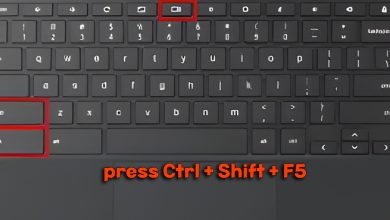React Developers – Today, React is a technology that is widely used by developers throughout the globe. One of React’s best characteristics is the absence of preconceived preconceptions about how to utilize it. Lack of rigidity may make it simple to create bad habits and unethical actions. However, even the most experienced ReactJS developers occasionally commit certain errors.
Costly mistakes Of React Developers are common:
In order to prevent future blunders or failures, companies and ReactJS developers should be aware of these typical errors.
Drill for props.
Prop drilling, commonly referred to as threading, involves passing a single prop from one parent to another. Understanding an application becomes more challenging when props that are handed down have several layers.
You can add as many levels as you like, but prop digging frequently affects React codebase performance and can be very troublesome.
Long-term performance issues for an application and difficulties for developers trying to keep up with front-end activity can result from it. Using the react context hook or anything like Redux are other solutions for handling this.
Class Components’ hooks.
Utilizing hooks and state and component lifecycle methods within functional components, we can develop better React code. When using class components to invoke hooks, issues can happen. Because they may generate unanticipated problems, conditions, loops, and nested methods should not contain calls to hooks.
By avoiding such situations, it is certain that Hooks will always be called when a component renders in the correct sequence. Maintaining Hook state homogeneity over several useState and useEffect calls is also advantageous.
React offers a variety of hooks, including useEffect, useState, useRef, and numerous others. Only functional components may use the hooks.
Importing excessively.
A React application should be as slim and elegant as it is possible to be in order to avoid delivering additional data to a user’s browser or mobile device. Bloating and adding pointless dependencies will slow down your application and increase user load times, giving the impression that it is slow.
Specify less shipped code in your package. In order to prepare your code for production, modern app bundlers spend a lot of time compressing and minifying it. Knowing what code your client is receiving is a good idea. Try to find other solutions to your problems in addition to using an app bundler.
separating component logic from business logic.
You must make your components as “UI relevant” as you can. These components’ logic and code should only be necessary to display the information they require. It is advised to encapsulate the call’s logic into a distinct service utility file, even though an element might need to make an API call during the initial render.
The flexibility to reuse business logic in many situations and the separation of concerns are both made possible by separating business logic from component logic.
same effort put into each rendering.
Using React’s useMemo and useCallback hooks to memoize particular operations that don’t need to be repeated for each render can improve performance.
Rendering might happen frequently and suddenly. Keeping this in mind is one of the core ideas behind designing robust components.
It is a great example of how to use use Memo on a list to make it only filter when the filter’s actual contents or filter criteria change, as opposed to every render. Now, our component applies a prop-based filter to a list of objects and displays the results to the user.
The code for large apps is not separated.
In order to make your initial bundle smaller and the first piece of code needed to execute your application more quickly, developers can “split” your bundle into sections that can be loaded and requested later. There are numerous uses for code splitting in the React programming language.
In terms of code splitting, it is important to consider both mobile and desktop user interfaces, potential user detours, and modals. Developers must understand how consumers interact with the programme and where it makes the most sense to give the app loading priority.
To Sum Up:
Write your code today as if a violent psychopath who knows your address will be the next person to view it. We may write code that is easier to read and more useful by using tools the way they were designed to be used and JavaScript’s features in a preferred manner. It is important to work on increasing our developer output and making it simple for other developers to interact with our code.
Visit for more best articles





